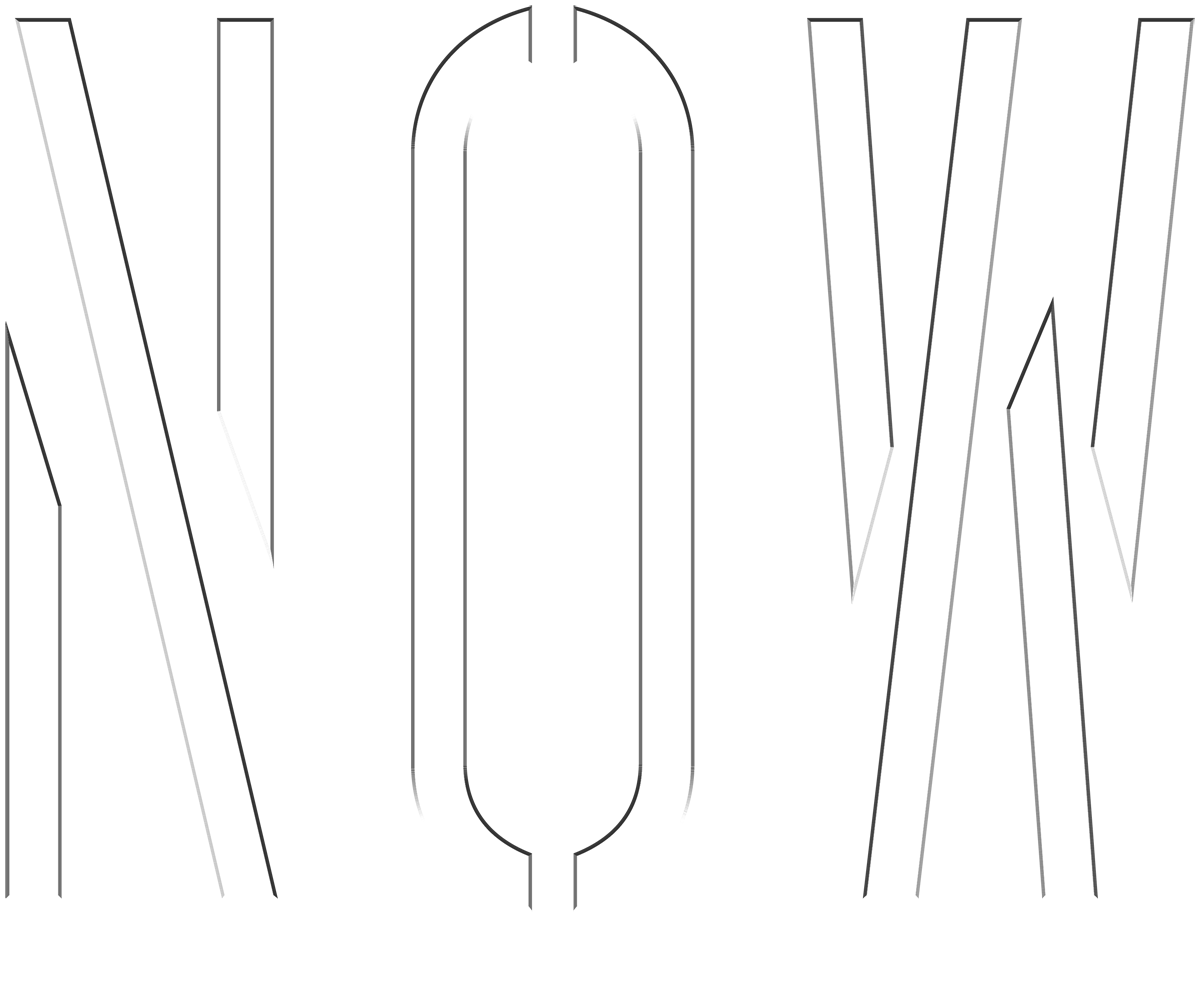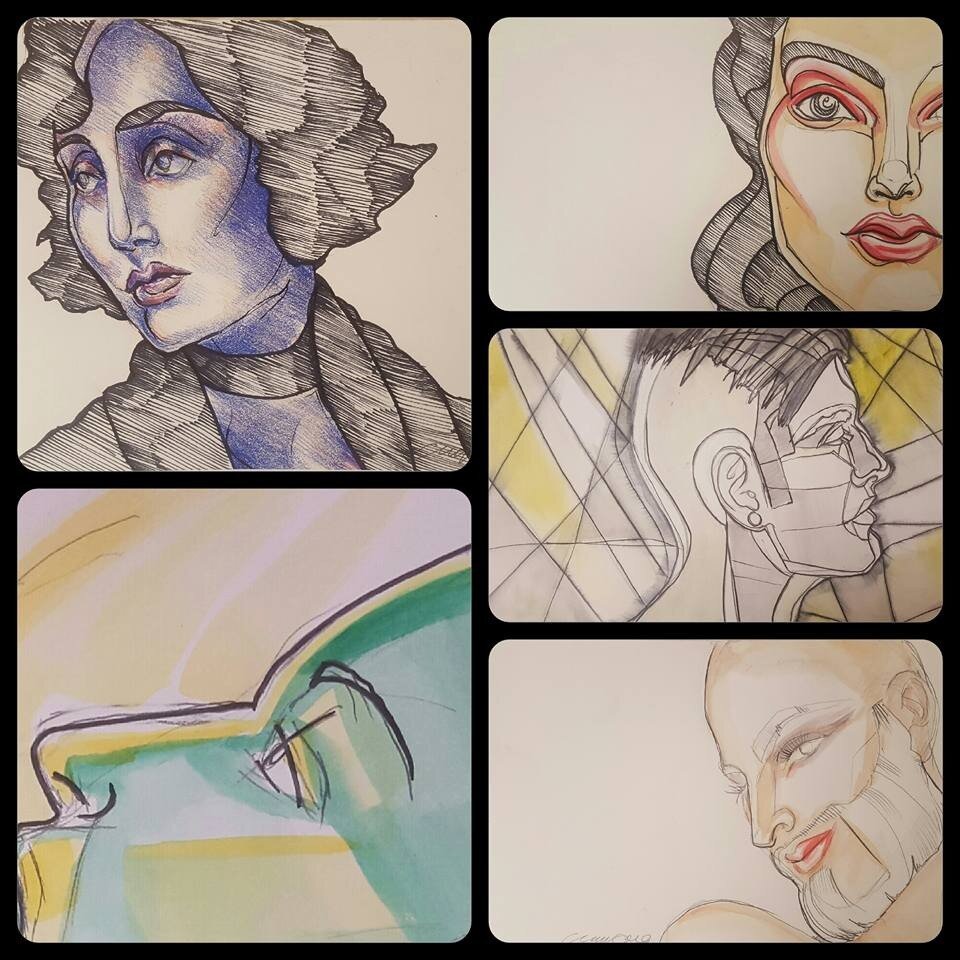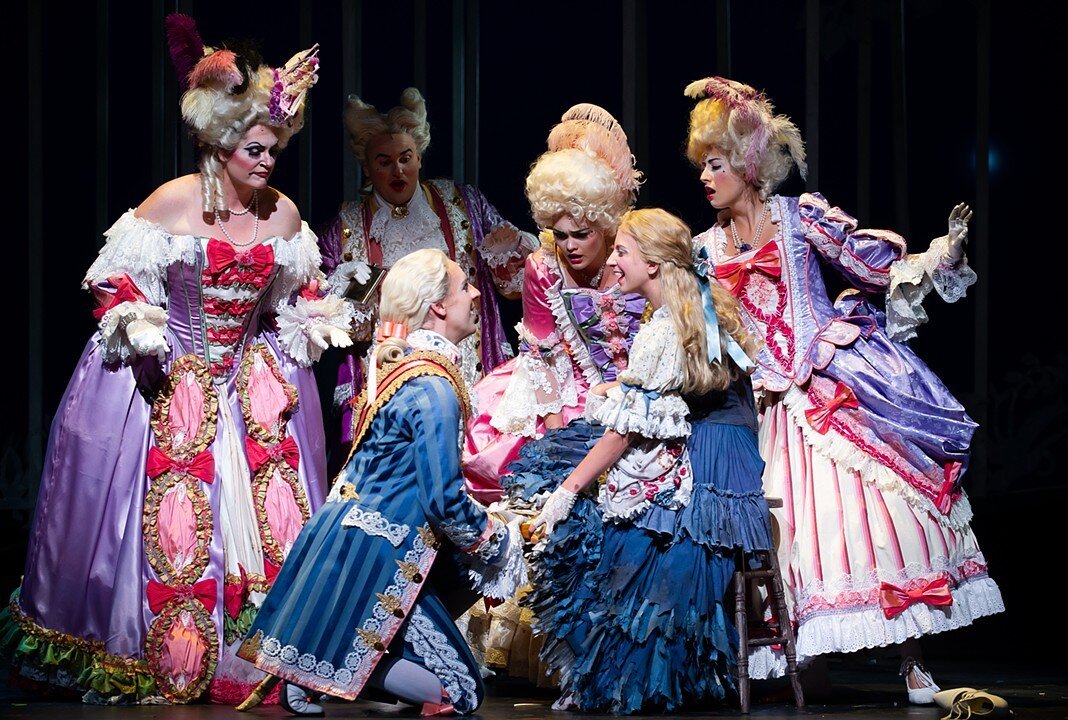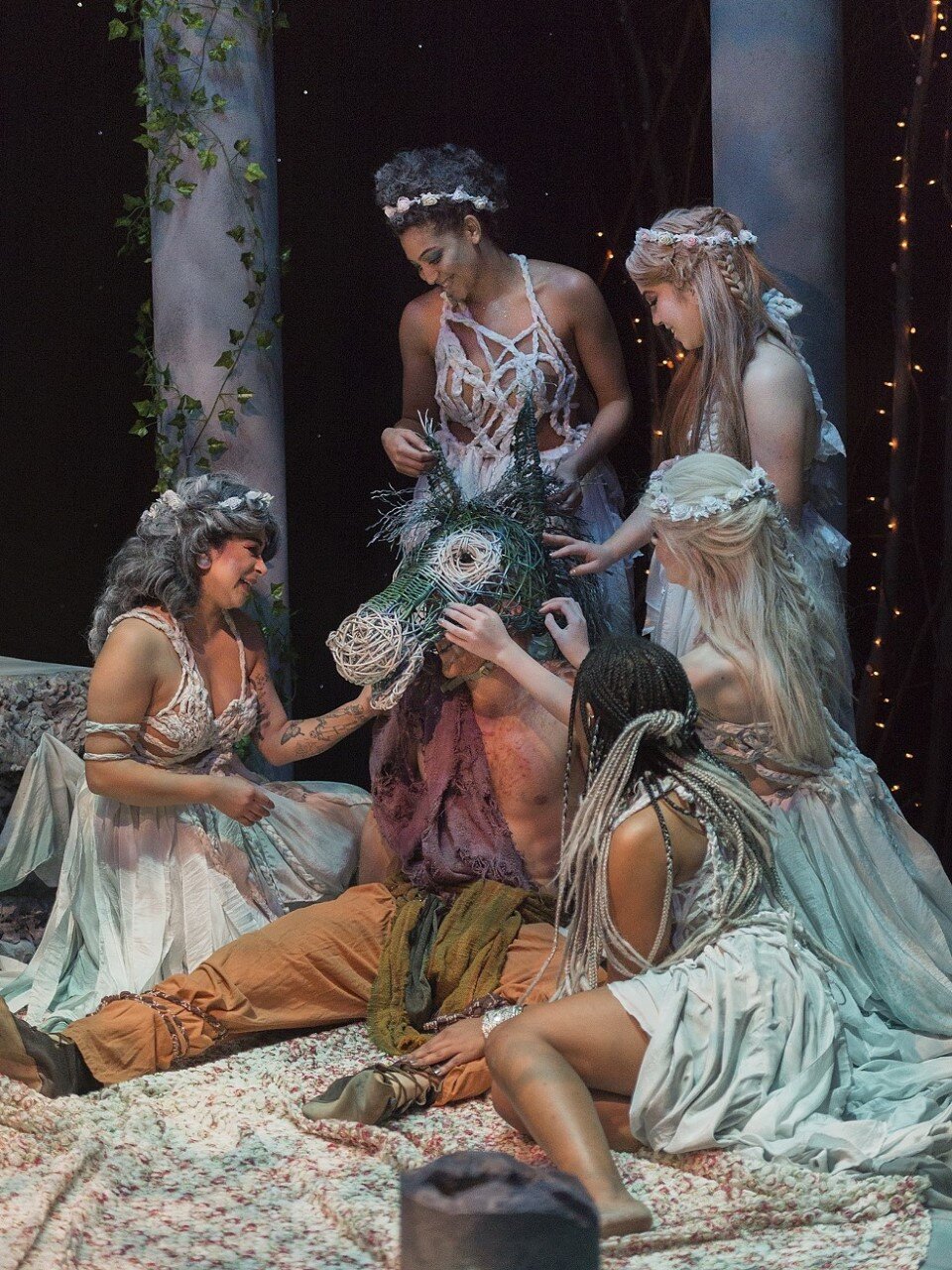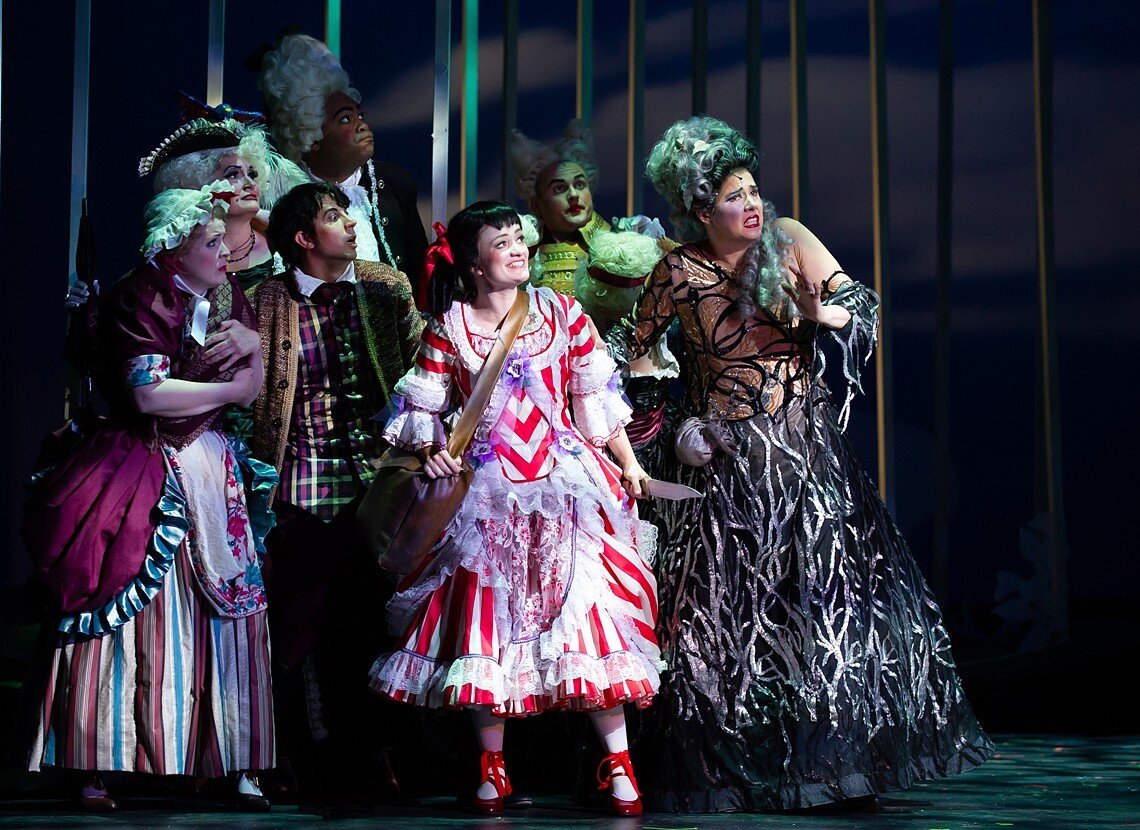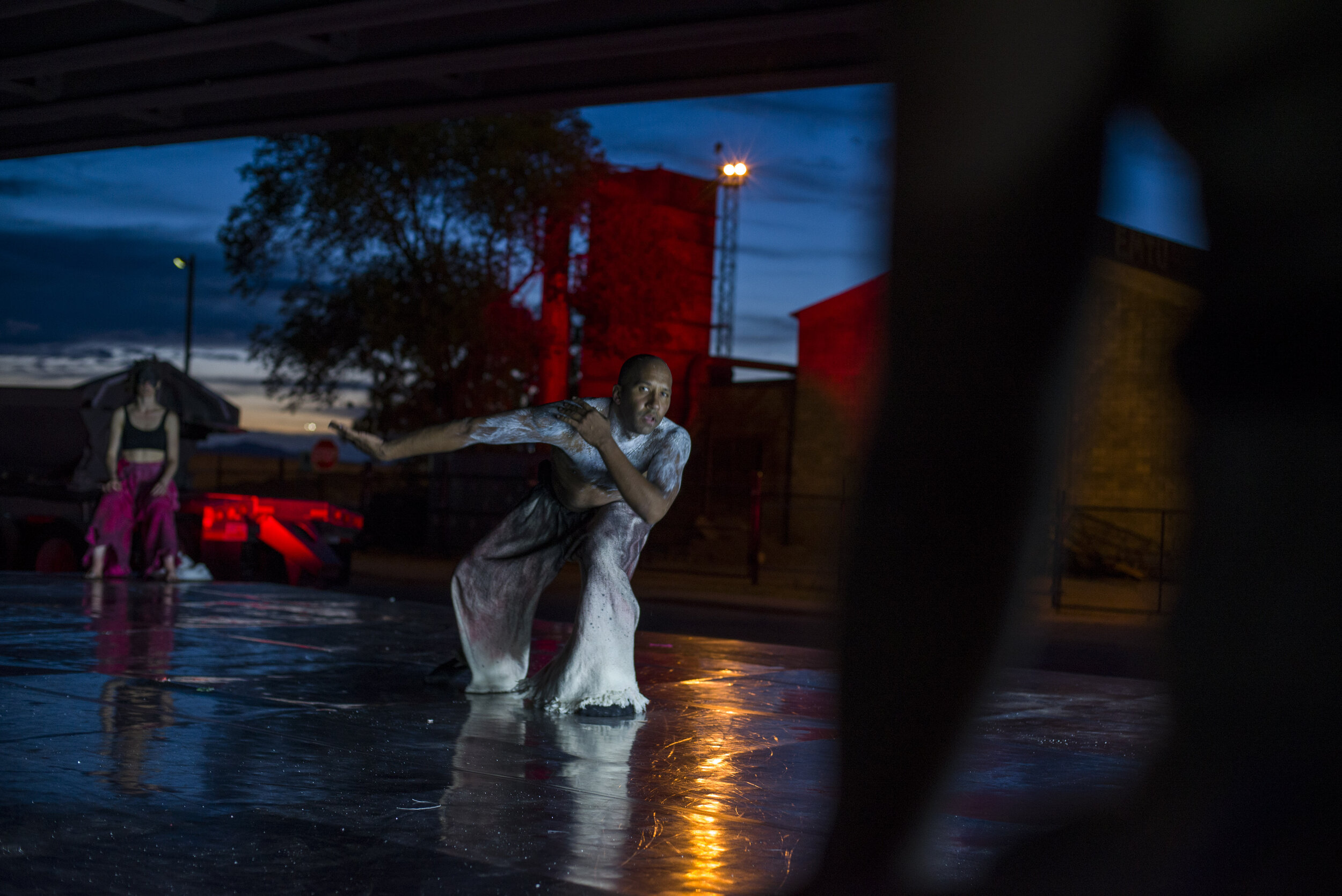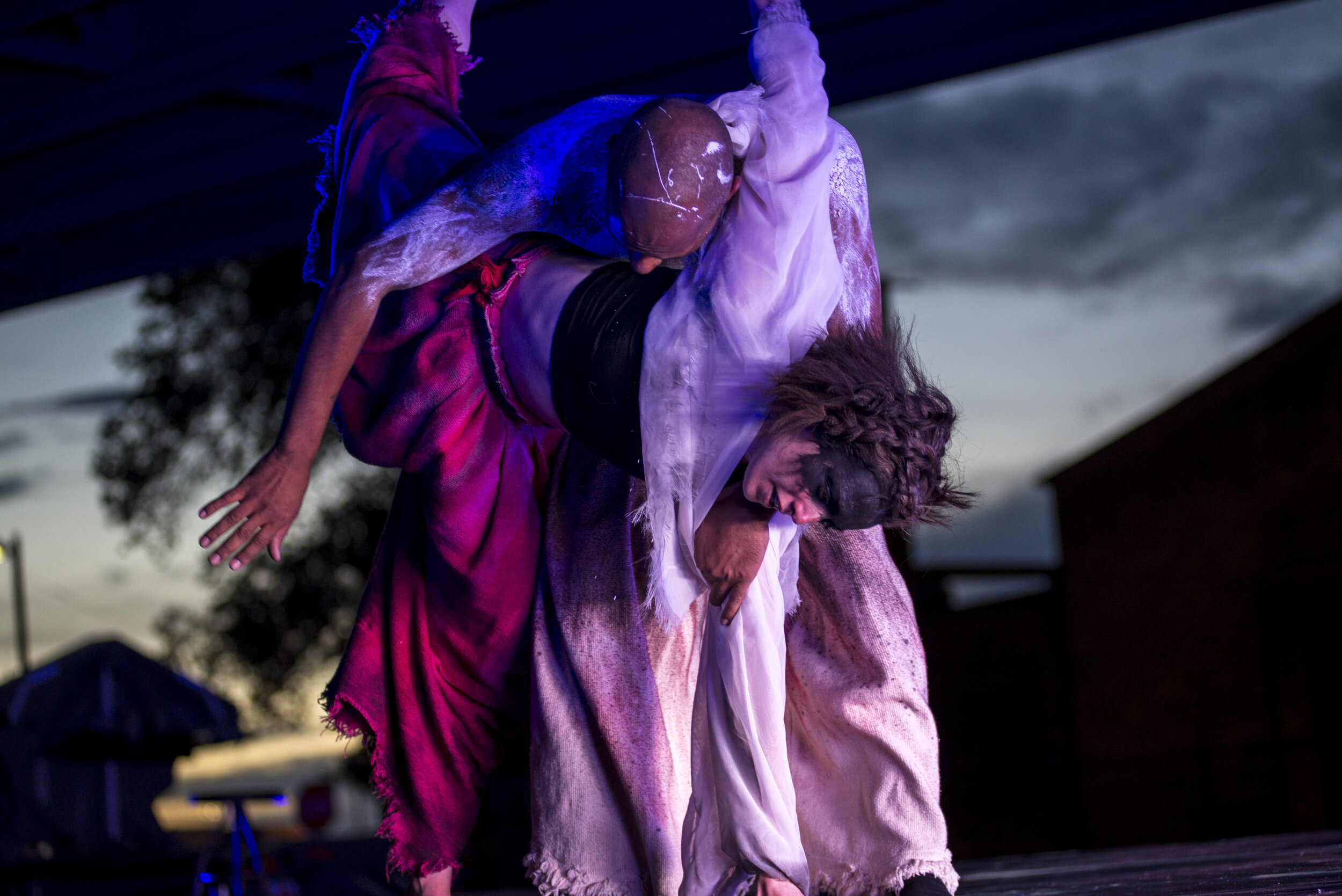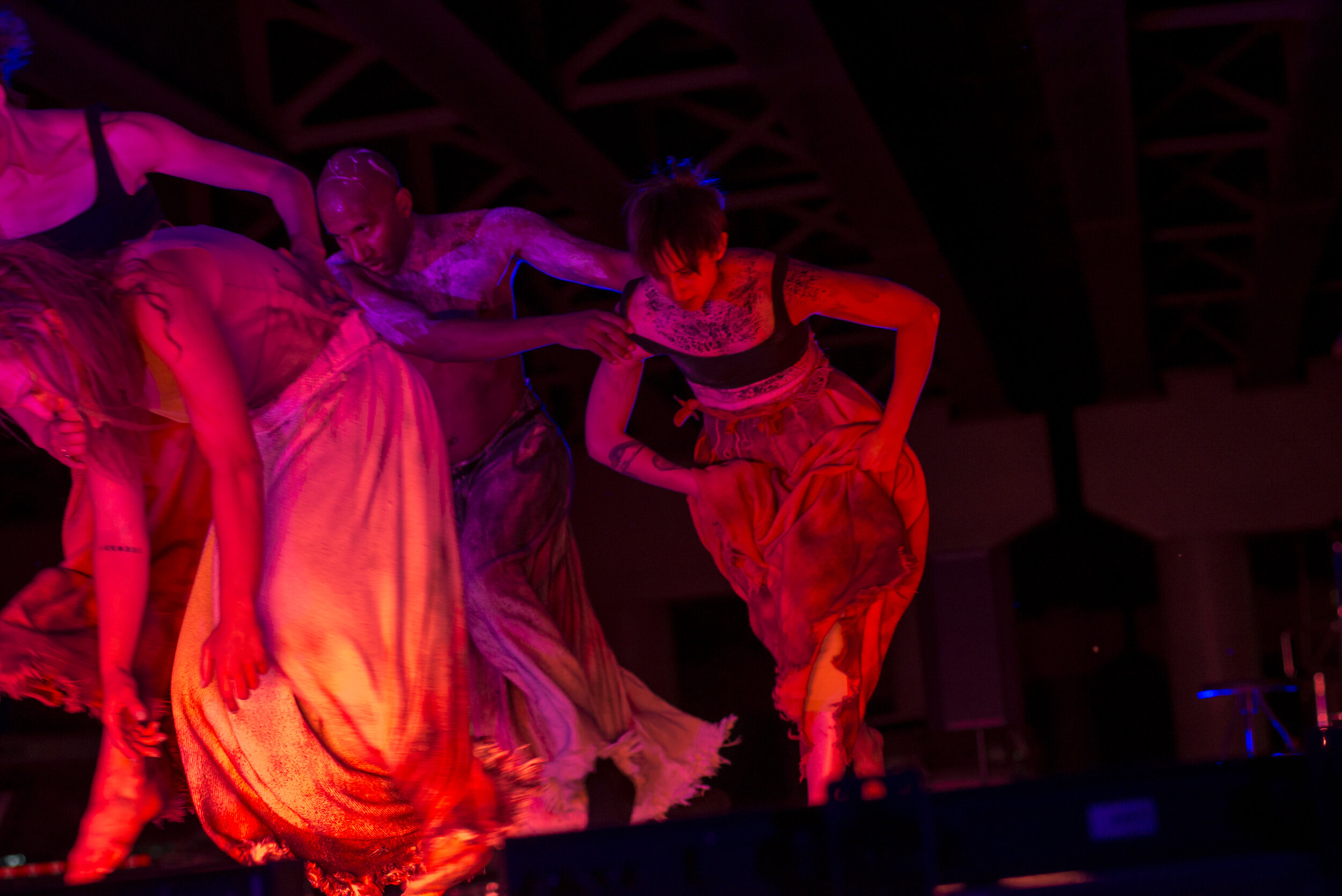Mallory Prucha
Mallory Prucha is an Assistant Professor of Costume Design at Texas Tech University, Fine Artist, and member of United Scenic Artists, Local 829, IATSE. She received an MFA in Costume Design/Technology from the UNL Johnny Carson School of Theatre and Film, an M.A. in Theatre Arts and B.A. in Studio Art from the University of NE-Omaha.
She has worked for such companies as Oregon Cabaret Theatre, Utah Festival Opera, NE Shakespeare, NE Repertory Theatre, Black Hills Playhouse, Southwest Shakespeare, in the capacity of Costume Designer, Master Cutter/Draper, Craftsperson, Dramaturg, Make-Up Artist, Scenic Designer, and Scenic Charge.
As a freelance Fine Artist, she has illustrated 7 volumes of poetry for author Dr. Toni Poll-Sorensen and "A Primer in Theatre History" by Dr. Bill Grange. She specializes in coordinating moulage for large-scale first-response exercises and simulation and has completed her first level of training for Composite Drawing for Law Enforcement.
I have only known Mallory for the last year and a half but she is such a creative force and an aesthetic kindred spirit, so it feels as if our collaborative friendship has lasted longer. I find her perspective to be profoundly authentic, honest and moving and I am excited to feature her voice here.
Please enjoy!
Charlotte Boye-Christensen
Tell us a little bit about your background; where are you from and how did you become a costume designer?
I am from Omaha, Nebraska. Costume Design was both a rough synthesis of many different interests and exactly what I was meant to do. My formal training hinges on studio art. Enlivening the human condition through understanding of fashion, clothing, costume has provided to be my most noble artistic deep-dive.
Professional Sidewalk Chalk Mural Sample created by Mallory.
Can you talk a little bit about your creative process? Do you start with an idea, an emotion, energy, an image? Do you have specific rituals when you draw?
I start with a conversation. If my design originates in self-talk, I have already lost the process. Without collaboration, my work lives in a vacuum. This conversation is followed-up by tremendous amounts of research and development of a linguistic and visual vocabulary specific to the process, which often becomes the most gratifying part. My own creative process is deeply steeped in a synaesthetic landscape in which images marry music, movement, and ideas. It is lovely, confusing, and resembles my pencil clumsy tracing rough-textured paper to unearth an adequate summary of conversation.
What is the most important component to you in looking at design - function or aesthetics - should design ever be seen as being art?
Those two elements are inseparable and sacred to one another. Similarly, art and design are locked in a dance of equivocal value. I really like the classicist delineation of fine and useful arts—as it speaks to arts and design. Useful arts are bound by linear principles, fine art is the byproduct of genius. Chaos and order are both needed to create a balance, just as art and design are to create a successful picture. Both are also necessary for deeper inquiry.
Composite Sketch Artist Sample. Mallory is currently working with Lubbock PD.
Is having a sense of humor important in your design?
Yes… two words… Ecco Homme (aka Beast Jesus). This is my personal mascot when describing the importance of art and design, because it reminds me to revive a process with joy and laughter.
Tell us about some of the highlights in your professional career.
This questions sucks—the highlight is EVERY SINGLE DAY! I get to wake up and keep doing it! AND I get to keep learning!
In addition to many other publications, including 8 volumes of poetry based on a life in dance, written by Dr. Toni Poll-Sorensen, Mallory’s illustrations are part of the Brooklyn Public Library's permanent collection.
Who do you consider to be the most significant designer of all time and why?
That varies. I have design crushes on Gyo Pei, Iris Van Herpen, John Galiano, Jean Paul Gaultier…. There are so many brilliant minds. I suppose I do not follow sports because I LOVE DESIGNERS. This list varies every day.
Your favorite quote?
Illegitimae Non Carborendorum (don’t let the bastards get you down).
Where do you find most of your inspiration?
In the small moments of the day. Today, there was a small group of monarchs that did not escape the cold in their migration. They were clinging to this white ash tree outside of one of my window. They were simple and beautiful. I do also tend to fixate on Space exploration, the work of the individuals at CERN, and the Northern European Renaissance.
Professional Make-Up Artistry... yes, that is Mallory.
You are now the Head of Design at Texas Tech University and you are a phenomenal teacher - has teaching in any way helped you define your own creative voice? And what makes a good teacher of design?
Yes. I chose teaching over pursuing a much more prolific career in design. It teaches me to be a better person, scholar, human every day. A certain amount of my creative voice is dependent upon humility, and teaching is a well-spring of just that. A good teacher of anything never shies away from asking questions, displaying a willingness to reframe them, and being proven wrong. I think that the same is true for design, therefore teaching and design for me are inseparable.
Production images.
If you hadn't become a designer what profession do you think you would have excelled in/at?
Astrophysics- specifically planetary climatology.
Looking towards the future – where do you want to be and what do you want to be doing in 25 years?
Still looking forward.
